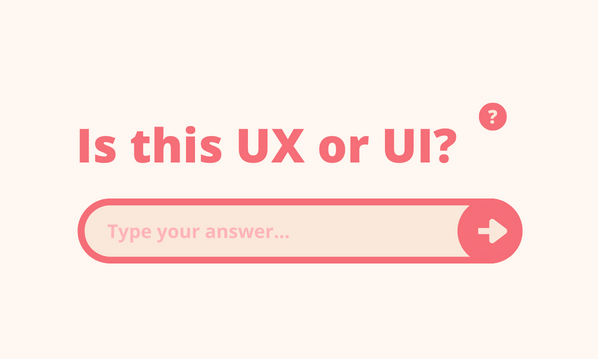Links are how people navigate the internet, so making them easy to use will improve the usability of your site. The guidelines below are simple to implement, meaning half an hour of your time to review your use of links could significantly improve the pleasurability (is that a word?) for your users.
Link styling
One of the longest surviving conventions of the early internet is blue, underlined links. It’s not absolutely necessary, but following this standard makes interacting with your website quicker and easier. Otherwise, they’ll need to “learn” how your site shows links – and they’ve enough information to process, without this [usually] unnecessary distraction. It makes it obvious they should be clicked, and helps links to stand out (very important as people will usually only scan a page for the particular word/information they’re after).
The exception is, of course, links in menus – which everyone assumes are clickable anyway.
If you do use a different style, make it distinct and keep it consistent. And don’t use the style for anything other than a link. Nothing. Nada. That’s the yellow brick road to Frustrationsville.
Other helpful features are: links that become highlighted or change colour when the mouse hovers over them (confirming that you’re over the link) and; changing the colour of visited links (purple is the convention), which we’ve all appreciated before when coming back to find something you found previously.
Use descriptive link text
It should be descriptive enough to make it clear what page it will go to – preferably the title of the target page (the one that will open when the link is clicked). The benefits are two-fold: it’ll help users in deciding whether to click on the link, and; it’ll make it clear whether they’ve landed on the intended page (if I click a link called “My profile” and I go to a page entitled “Account settings”, am I where I think I should be?).
That means not using “click here” – that’s just wasted text. I know I’ve got to click – it’s the internet, and the text is blue and underlined…
Make each link label unique
This, and the previous point, is particularly helpful for people using screen readers, enabling them to quickly navigate through multiple pages and find what they’re looking for. It’s not good practice to have differently titled links pointing to the same page, or the same link text going to different pages. People want to think when they’re reading online articles, or evaluating a web page – they don’t want to have to engage brain to actually navigate the internet.
Be selective about what to link to
Only link to those pages that add value to the customer – too many links, and the page becomes unreadable.
Make the links big enough to click
… with sufficient space between them. This is especially important for users with limited mobility.
The main culprits are “A – Z” lists, where you click on a letter to take you to that point in the list. Only homing the mouse in on “I” takes a reasonable amount of accuracy. An easy way to get round this is to increase the space between links, and then make an invisible “box” round the link that’s bigger, and clickable.
Open in the same window
It’s up to the user whether to open a link in a new window – not you.
Keep links up-to-date
It’s worth reviewing the links on your site regularly (say, every 6 months or so) to ensure that the target pages still exist. We all know how annoying it is to click on a link, only to find that the web page no longer exists.
Don’t agree? Something I’ve missed? Leave a comment below…





